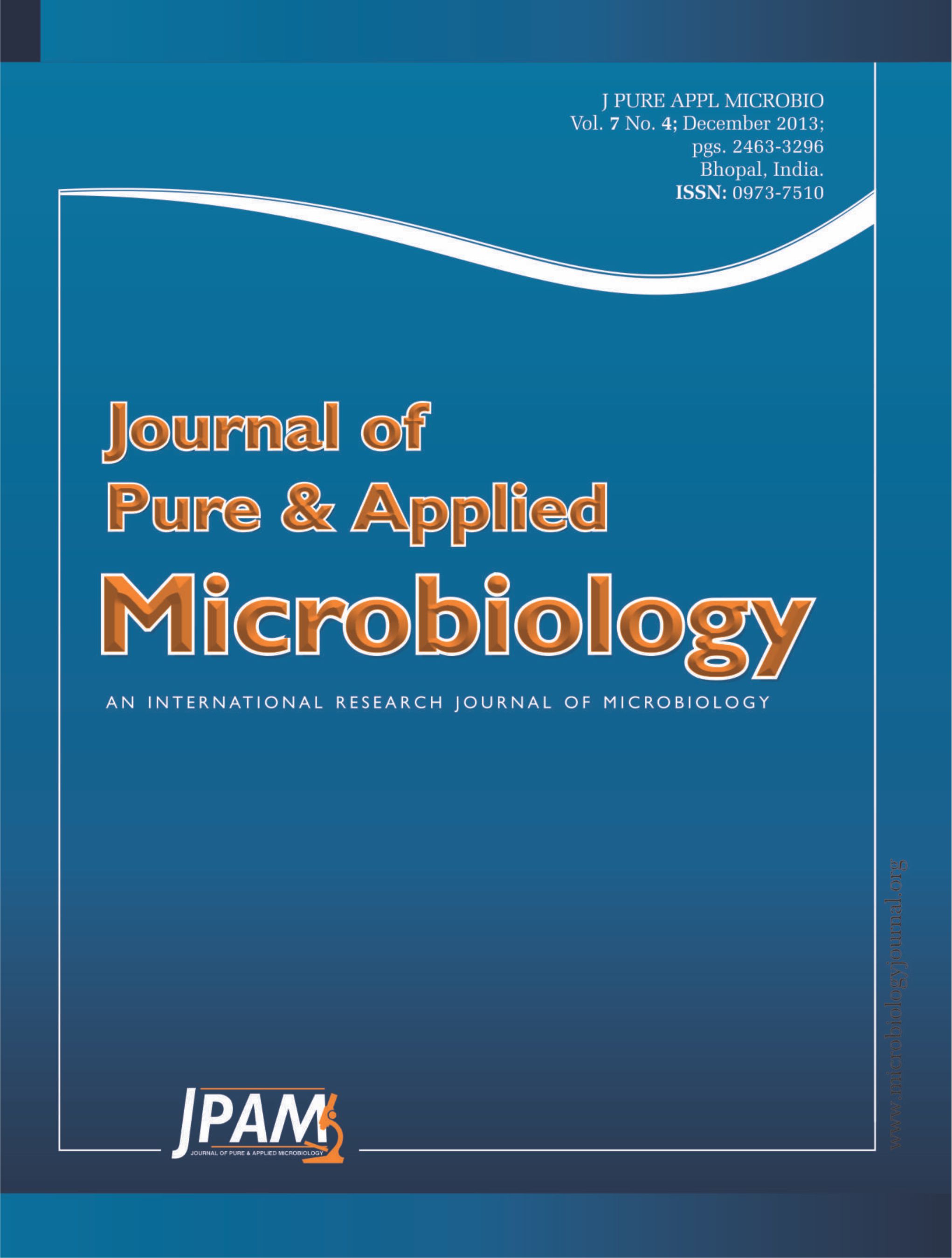In order to explore the microbial flora characteristics of rhizosphere soils in Gansu Beishan mountains area, rhizosphere soils alongside of typical plants were selected respectively from dense and sparse vegetation zones as materials. The quantity and distribution of three groups of microorganism were investigated by dilution method of plate counting. Additionally, 16S rDNA sequence analysis was used to identify the dominant bacteria. The results showed that microorganism quantity of arid soils in Beishan was similar to normal environment. Microbial number of non-rhizosphere soil in dense vegetation zone (49.2×105 CFU/g) was more than that in sparse vegetation zone (35.5×105 CFU/g). The total population of microorganism were bacteria> actinomycetes> fungi. Furthermore, both volume and range of microorganism were decreased with the increasing soil depth in the same area. The microbial number of dense vegetation zone exhibited that Salsola abrotanoides>Asterothamnus centrali-asiaticus> Nitraria sphaerocarpa> Ephedra przewalskii, while the microbial number of sparse vegetation zone exhibited that Salsola abuscula>Sympegma regelii. The change in the number might be related to the plant root exudates. In detail, Salsola abrotanoides and Asterothamnus centrali-asiaticus could promote the growth of fungi and improve the soil alkaline condition. Whereas, the root exudates of Salsola abuscula and Sympegma regelii respectively existed mainly at the depth of 20~50 cm and 10~20 cm, could inhibit the growth of soil microorganism. By the analysis of 16S rDNA sequences, eight dominant strains were respectively identified as Kocuria Polaris, Bacillus niacin, Arthrobacter crystallopoietes, Paenibacillus tarimensis, Nocardiopsis lucentensis, Arthrobacter agilis, Bacillus idriensis, and Promicromonospora kroppenstedtii.
Beishan mountains, Desert plants, Microbial flora, 16S rDNA sequence analysis
© The Author(s) 2013. Open Access. This article is distributed under the terms of the Creative Commons Attribution 4.0 International License which permits unrestricted use, sharing, distribution, and reproduction in any medium, provided you give appropriate credit to the original author(s) and the source, provide a link to the Creative Commons license, and indicate if changes were made.


